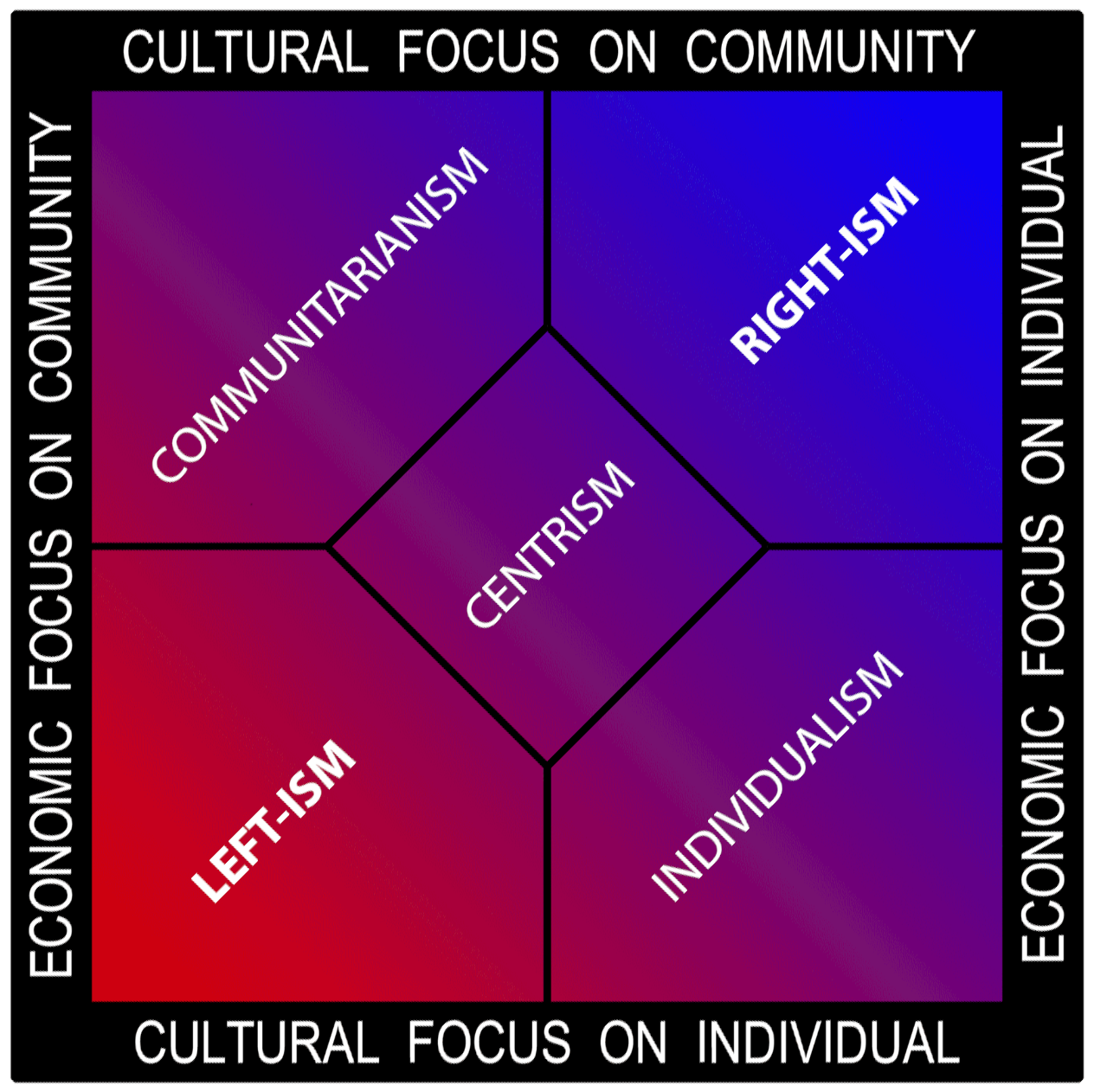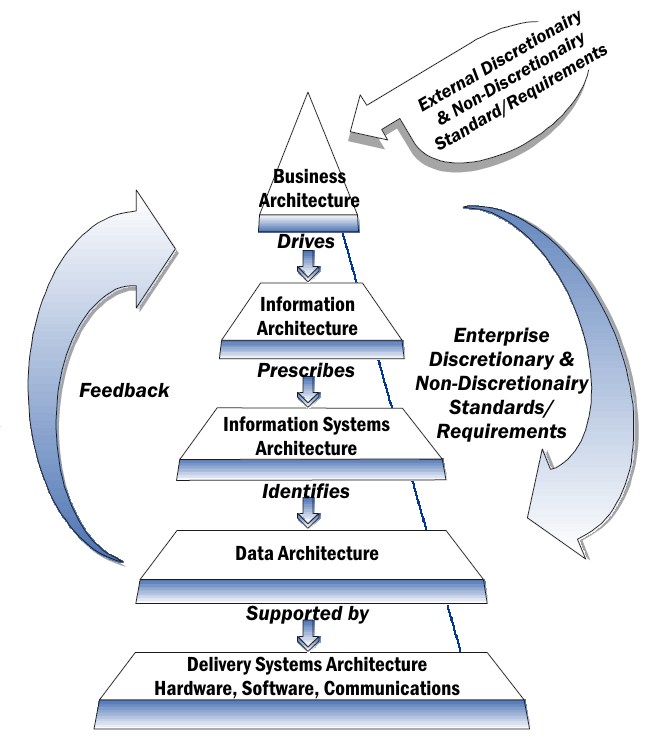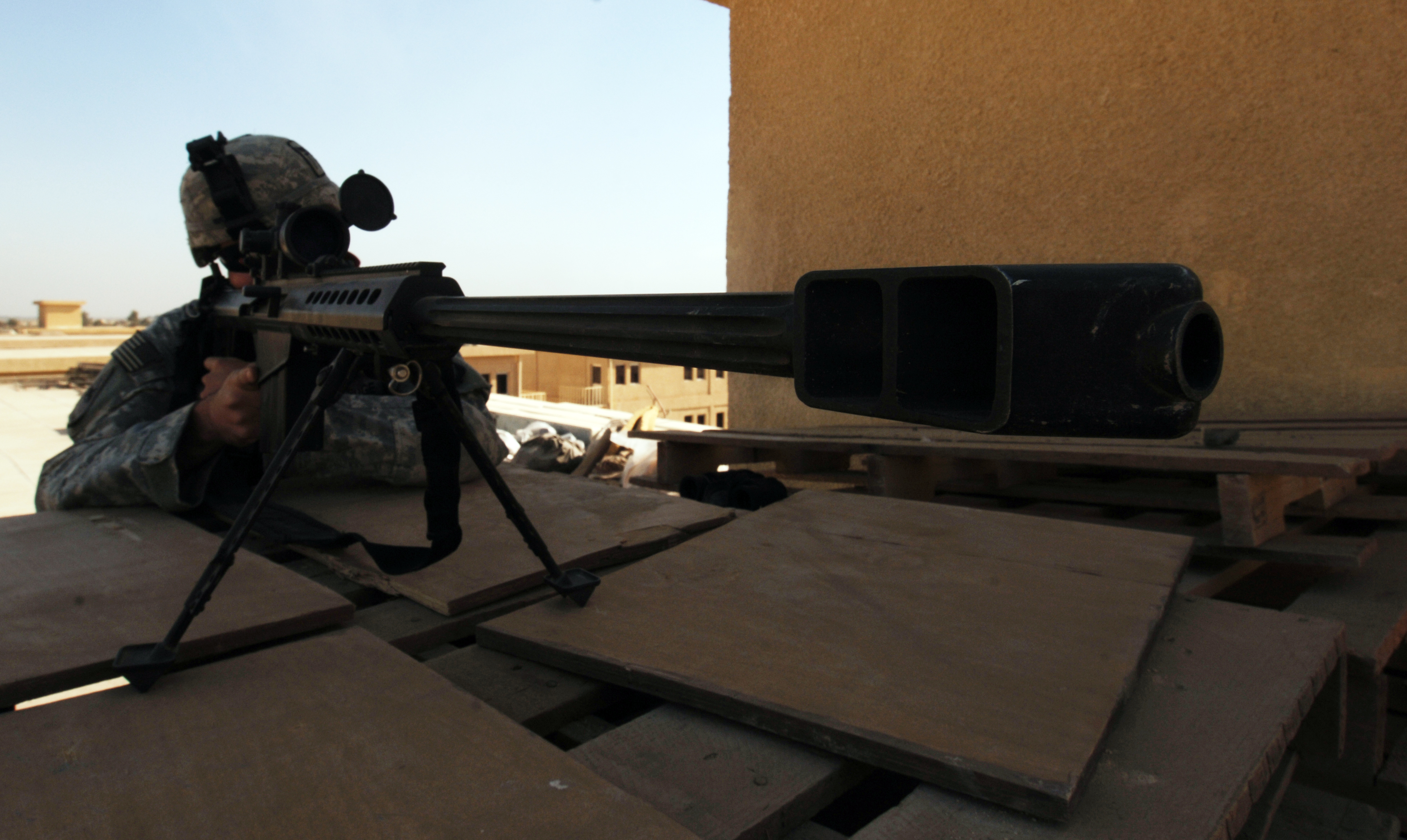|
DARPA XG
The neXt Generation program or XG is a technology development project sponsored by DARPA's Strategic Technology Office, with the goals to "develop both the enabling technologies and system concepts to dynamically redistribute allocated spectrum along with novel waveforms in order to provide dramatic improvements in assured military communications in support of a full range of worldwide deployments." It is financed by the United States government within the aim of developing a '' de facto'' standard for cognitive radio and dynamic spectrum regulation. Background Particularly, XG is focused on the development of dynamic spectrum access (DSA) demonstration and capability as well as the evaluation of three fundamental principles, namely: the principle of "Do No Harm"; "Add Value" principle; and, DSA devices development that provide equivalent reliability and service. The first principle involves the design of DSA radios in a way that does not interfere with viable links while the seco ... [...More Info...] [...Related Items...] OR: [Wikipedia] [Google] [Baidu] |
DARPA
The Defense Advanced Research Projects Agency (DARPA) is a research and development agency of the United States Department of Defense responsible for the development of emerging technologies for use by the military. Originally known as the Advanced Research Projects Agency (ARPA), the agency was created on February 7, 1958, by President Dwight D. Eisenhower in response to the Soviet Union, Soviet launching of Sputnik 1 in 1957. By collaborating with academia, industry, and government partners, DARPA formulates and executes research and development projects to expand the frontiers of technology and science, often beyond immediate U.S. military requirements.Dwight D. Eisenhower and Science & Technology, (2008). Dwight D. Eisenhower Memorial CommissionSource The name of the organization first changed from its founding name, ARPA, to DARPA, in March 1972, changing back to ARPA in February 1993, then reverted to DARPA in March 1996. ''The Economist'' has called DARPA "the agency that ... [...More Info...] [...Related Items...] OR: [Wikipedia] [Google] [Baidu] |
Spectrum
A spectrum (: spectra or spectrums) is a set of related ideas, objects, or properties whose features overlap such that they blend to form a continuum. The word ''spectrum'' was first used scientifically in optics to describe the rainbow of colors in visible light after passing through a prism. In the optical spectrum, light wavelength is viewed as continuous, and spectral colors are seen to blend into one another smoothly when organized in order of their corresponding wavelengths. As scientific understanding of light advanced, the term came to apply to the entire electromagnetic spectrum, including radiation not visible to the human eye. ''Spectrum'' has since been applied by analogy to topics outside optics. Thus, one might talk about the " spectrum of political opinion", or the "spectrum of activity" of a drug, or the " autism spectrum". In these uses, values within a spectrum may not be associated with precisely quantifiable numbers or definitions. Such uses imply a bro ... [...More Info...] [...Related Items...] OR: [Wikipedia] [Google] [Baidu] |
Military Communications
Military communications or military signals involve all aspects of communications, or conveyance of information, by armed forces. Examples from '' Jane's Military Communications'' include text, audio, facsimile, tactical ground-based communications, naval signalling, terrestrial microwave, tropospheric scatter, satellite communications systems and equipment, surveillance and signal analysis, security, direction finding and jamming. IHS Jane'sbr>Military Communications Retrieved 2012-01-23. The most urgent purposes are to communicate information to commanders and orders from them. Military communications span from pre-history to the present. The earliest military communications were delivered by runners. Later, communications progressed to visual signals. For example, Naval ships would use flag signaling to communicate from ship to ship. These flags are a uniform set of easily identifiable nautical codes that would convey visual messages and codes between ships and fro ... [...More Info...] [...Related Items...] OR: [Wikipedia] [Google] [Baidu] |
Enterprise Architecture Framework
An enterprise architecture framework (EA framework) defines how to create and use an enterprise architecture. An architecture framework provides principles and practices for creating and using the architecture description of a system. It structures architects' thinking by dividing the architecture description into domains, layers, or views, and offers models – typically matrices and diagrams – for documenting each view. This allows for making systemic design decisions on all the components of the system and making long-term decisions around new design requirements, sustainability, and support. Overview Enterprise architecture regards the enterprise as a large and complex system or system of systems. To manage the scale and complexity of this system, an architectural framework provides tools and approaches that help architects abstract from the level of detail at which builders work, to bring enterprise design tasks into focus and produce valuable architecture description d ... [...More Info...] [...Related Items...] OR: [Wikipedia] [Google] [Baidu] |
Communication Protocol
A communication protocol is a system of rules that allows two or more entities of a communications system to transmit information via any variation of a physical quantity. The protocol defines the rules, syntax, semantics (computer science), semantics, and synchronization of communication and possible Error detection and correction, error recovery methods. Protocols may be implemented by Computer hardware, hardware, software, or a combination of both. Communicating systems use well-defined formats for exchanging various messages. Each message has an exact meaning intended to elicit a response from a range of possible responses predetermined for that particular situation. The specified behavior is typically independent of how it is to be Implementation, implemented. Communication protocols have to be agreed upon by the parties involved. To reach an agreement, a protocol may be developed into a technical standard. A programming language describes the same for computations, so there ... [...More Info...] [...Related Items...] OR: [Wikipedia] [Google] [Baidu] |
Prototype
A prototype is an early sample, model, or release of a product built to test a concept or process. It is a term used in a variety of contexts, including semantics, design, electronics, and Software prototyping, software programming. A prototype is generally used to evaluate a new design to enhance precision by system analysts and users. Prototyping serves to provide specifications for a real, working system rather than a theoretical one. Physical prototyping has a long history, and paper prototyping and virtual prototyping now extensively complement it. In some design workflow models, creating a prototype (a process sometimes called materialization) is the step between the Formal specification, formalization and the evaluation of an idea. A prototype can also mean a typical example of something such as in the use of the derivation prototypical. This is a useful term in identifying objects, behaviours and concepts which are considered the accepted norm and is analogous with terms ... [...More Info...] [...Related Items...] OR: [Wikipedia] [Google] [Baidu] |
Sniper
A sniper is a military or paramilitary marksman who engages targets from positions of concealment or at distances exceeding the target's detection capabilities. Snipers generally have specialized training and are equipped with telescopic sights. Modern snipers use high-precision rifles and high-magnification optics. They often also serve as scouts/ observers feeding tactical information back to their units or command headquarters. In addition to long-range and high-grade marksmanship, military snipers are trained in a variety of special operation techniques: detection, stalking, target range estimation methods, camouflage, tracking, bushcraft, field craft, infiltration, special reconnaissance and observation, surveillance and target acquisition. Snipers need to have complete control of their bodies and senses in order to be effective. They also need to have the skill set to use data from their scope and monitors to adjust their aim to hit targets that are extremely f ... [...More Info...] [...Related Items...] OR: [Wikipedia] [Google] [Baidu] |
DySPAN
The Dynamic Spectrum Access Networks Standards Committee (DySPAN-SC), formerly Standards Coordinating Committee 41 (SCC41), and even earlier the IEEE P1900 Standards Committee, is sponsored by the Institute of Electrical and Electronics Engineers (IEEE). The group develops standards for radio and spectrum management. Its working groups and resulting standards, numbered in the 1900 range, are sometimes referred to as IEEE 1900.X. Background The IEEE P1900 Standards Committee was established in March 2005 jointly by the IEEE Communications Society (ComSoc) and the IEEE Electromagnetic Compatibility Society (EMC). The effort developed supporting standards for radio and dynamic spectrum management. On March 22, 2007, the IEEE Standards Board approved its reorganization as Standards Coordinating Committee 41 (SCC41), Dynamic Spectrum Access Networks (DySPAN). The IEEE ComSoc and EMC sponsored this effort, as they did for IEEE 1900. The IEEE 1900 Committee ceased to exist at the inaugu ... [...More Info...] [...Related Items...] OR: [Wikipedia] [Google] [Baidu] |
Research Projects
Research is creative and systematic work undertaken to increase the stock of knowledge. It involves the collection, organization, and analysis of evidence to increase understanding of a topic, characterized by a particular attentiveness to controlling sources of bias and error. These activities are characterized by accounting and controlling for biases. A research project may be an expansion of past work in the field. To test the validity of instruments, procedures, or experiments, research may replicate elements of prior projects or the project as a whole. The primary purposes of basic research (as opposed to applied research) are documentation, discovery, interpretation, and the research and development (R&D) of methods and systems for the advancement of human knowledge. Approaches to research depend on epistemologies, which vary considerably both within and between humanities and sciences. There are several forms of research: scientific, humanities, artistic, economic, ... [...More Info...] [...Related Items...] OR: [Wikipedia] [Google] [Baidu] |






